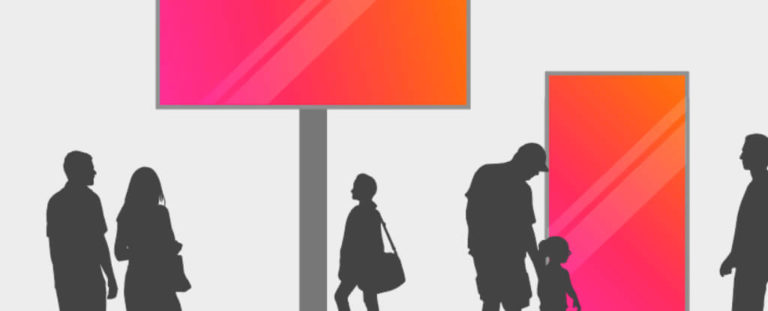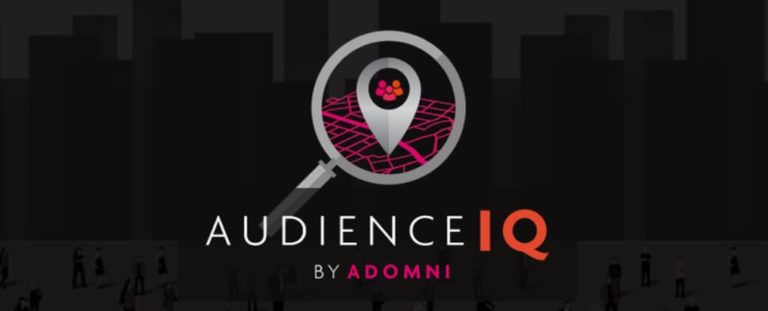How AI Innovation Is Changing The Picture For Out-Of-Home Advertising
By Howard Homonoff for Forbes
Published: October 13, 2025
“If a picture paints a thousand words then why can’t I paint you?” - David Gates/Bread
I don’t know if humans created paintings before they created language, but it’s safe to say that telling stories through images is one of our oldest forms of communication. Fast forward to today and the leaders of the out-of-home advertising industry - “it’s not just billboards anymore” – are working to modernize their business with the latest developments in artificial intelligence and advertising technology. How are they doing? To answer that I spent some time with a group of folks at the vanguard of the business.
The Digital Place-based Advertising Association (DPAA) is gathering in New York this week and it’s a worthwhile moment to look at what is happening in this corner of the media advertising world. The overall size of the outdoor ad market (also called out-of home or OOH) is $9-10 billion in the U.S. This isn’t insubstantial but still dwarfed by linear (broadcast and cable) TV, which still brings in $65 billion of annual revenues, and digital platforms such as YouTube, which gained more than $10 billion in ad revenue in the last quarter alone. I won’t even bother with comparisons to the search business.
But the real story for the out-of-home advertising industry isn’t about mass scale, it’s about digital-driven growth. And for DPAA head Barry Frey, that means AI: “Heading into our annual Summit I’m quite excited about the conversations the industry is having about AI, and the role our members are taking in aggressively leading the industry towards use and better optimization of AI.” The introduction and wider adoption of AI in the out-of-home market is aimed at enhancing the full journey of buying and selling outdoor advertising: from finding and targeting the right audiences to planning campaigns to delivering and refining the right content, while facilitating changes as needed all along the way.
Changing the narrative
As even some of the industry’s biggest fans point out, one of the great challenges for the industry has always been the difficulty of buying advertising compared to competitors from linear TV and digital platforms. Chris Gedek is the CEO of AdQuick, one of the leaders in out-of-home advertising innovation, told me that in his previous role as an ecommerce marketer the difficulty of buying out-of-home left him with a “salty taste,” part of the motivation for joining AdQuick and changing that. Out-of-home advertising operated in its own insular ad buying ecosystem, much more about the “vanity” of having a cool billboard than about demonstrating how your purchase of OOH advertising was delivering results.
Lucy Markowitz, a senior sales executive at programmatic outdoor advertising company Vistar Media (now owned by T-Mobile) told me that when she joined in the industry a decade ago part of her pitch was “I’m good at explaining and selling things that people don’t understand.” Making it easier rather than harder to do that has been the industry’s mission for the last decade and especially the last few years.
Becoming a part of the mainstream ad market
Shiv Singh is a deeply experienced marketer, including stints at Lending Tree and Visa, and is the author of AI Marketing for Dummies. The man knows how to navigate the landscape of competing media platforms. As he told me, the infusion of digital technology and AI is “permitting out-of-home advertising to sit at the adults’ table.” Singh pointed out that this technology innovation is following what Facebook and Google learned years ago – provide your buyers with the equivalent of the “Easy button.”
Singh emphasized that the use of AI “has the potential for digital out-of-home to have the same renaissance as Connected TV [streaming].” Buyers can move from an attachment to the “vanity” of buying a single screen – think of a Coca-Cola ad in Times Square – to “using trillions of data points to drive programmatic ad buying – on CTV, on the web, on your phone and on digital OOH at the same time. This is the language of digital marketing.” And vital to this integration is the ability to compare OOH advertising audiences, ad inventory, and pricing not only against other OOH options, but against the market on other digital platforms. As AdQuick’s Gleck told me, AI facilitates the “stitching” of the end-to-end OOH buying process with the broader world of digital advertising.
Read the full story on Forbes
To get the latest updates on out of home advertising, digital marketing and technology, follow us on:
Or sign up for our newsletter.






